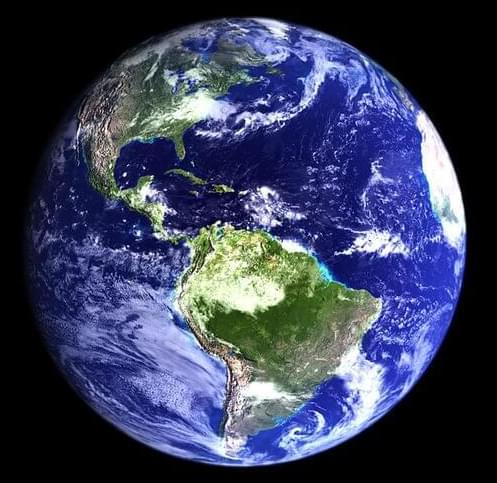Virtually all of Puerto Rico woke up on New Year’s Eve to find there was no electricity, as a power outage hit the U.S. territory.


It could revolutionize electric vehicles and aircraft.
Imagine a world where energy is limitless, clean, and ever-present—a world powered by Zero Point Energy (ZPE). In this video, we delve into the fascinating concept of ZPE, a quantum mechanics phenomenon that reveals the hidden energy within the quantum vacuum. Discover how the McGinty Equation offers a theoretical framework for understanding this incredible energy source while addressing the challenges of thermodynamics. From the intriguing interplay of quantum fluctuations and fractal geometry to the enduring laws of physics, this video explores the science, potential, and limitations of Zero Point Energy.
Join us as we navigate the quantum sea, examining how energy whispers through the fabric of space-time and why harnessing ZPE may be one of humanity’s most ambitious quests. Whether you’re intrigued by the mysteries of the universe, cutting-edge scientific theories, or the potential for revolutionary energy solutions, this video offers a compelling exploration of one of quantum physics’ most captivating topics.
#ZeroPointEnergy #QuantumMechanics #VacuumEnergy #McGintyEquation #CleanEnergy #FractalGeometry #SpaceTime #QuantumVacuum #EnergyFluctuations #Thermodynamics #PerpetualMotion #Entropy #QuantumFieldTheory #RenewableEnergy #InfiniteEnergy #PhysicsExplained #QuantumScience #FuturisticEnergy #EnergySolutions #QuantumPhysics



Charging an electric vehicle can be daunting sometimes, but Tesla, the biggest player in the game, has long figured it out. Thanks to its extensive Supercharger network of DC fast chargers that are tightly integrated with the cars’ software, it’s extremely easy to plan a route in a Tesla EV.
The infotainment system shows the driver exactly how many charging stops are needed, how much juice will be in the battery when arriving at a charging stop and how much energy will be added during the charging stop. It’s all seamless, and it’s one of the biggest reasons why people buy Teslas to begin with.
However, during the holidays, even Tesla owners might have to wait a little longer during charging stops simply because all the stalls are already in use when arriving at a Supercharger. More people are traveling, so more EV owners are out there charging their cars. However, Tesla seems to have a solution for this, as well.


Although this might look like a sci-fi film prop, the Segway Apex H2 is nothing of the sort. It’s a prototype version of the render-only H2 concept first shown earlier this year, and it’s now been given a remarkably affordable price tag — 69,999 Chinese Yuan, which is about £8,000. So, it’s a little less than the recently launched Yamaha R7.
The H2 isn’t powered by anything as ordinary as a parallel twin combustion engine, however. It has two power sources — a hydrogen fuel cell and a battery pack. Technical details are still thin on the ground, but we do at least know it produces 60kW (just under 80bhp) and will crack 62mph in around four seconds, topping out at 93mph. It’ll consume a gram of hydrogen for every kilometre it covers.
Segway has revealed the prototype version of its Apex H2, and it appears to have changed little from the concept.

This is old, but still cool. Kristen Tapping, a student at london south bank university, has created a bicycle wheel with pollution filters that uses movement to actively purify the air. dubbed ROLLOE — roll off emissions — the wheel can take the busiest, most polluted roadways, and with zero energy, except for the pedal power from the cyclist, it aims to tackle one of the most pressing problems of the modern urban age: pollution.
ROLLOE — roll off emissions — uses pedal power from the cyclist to transform polluted air into clean one.